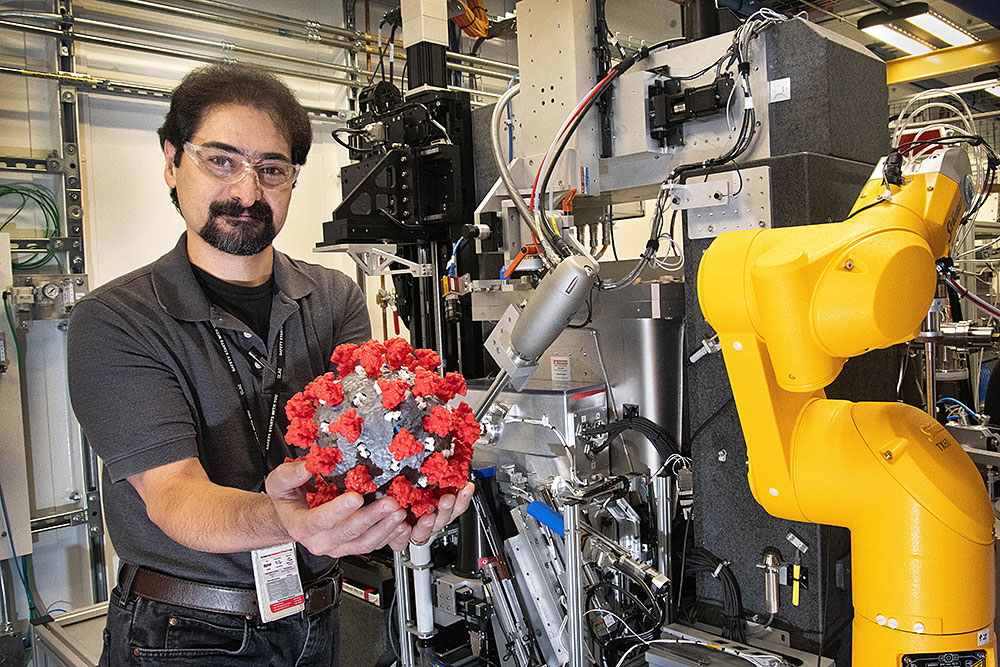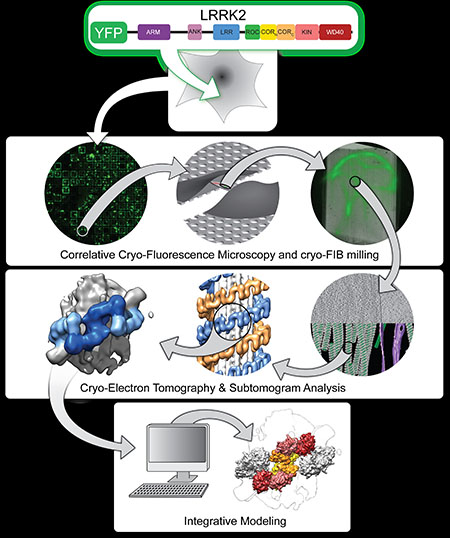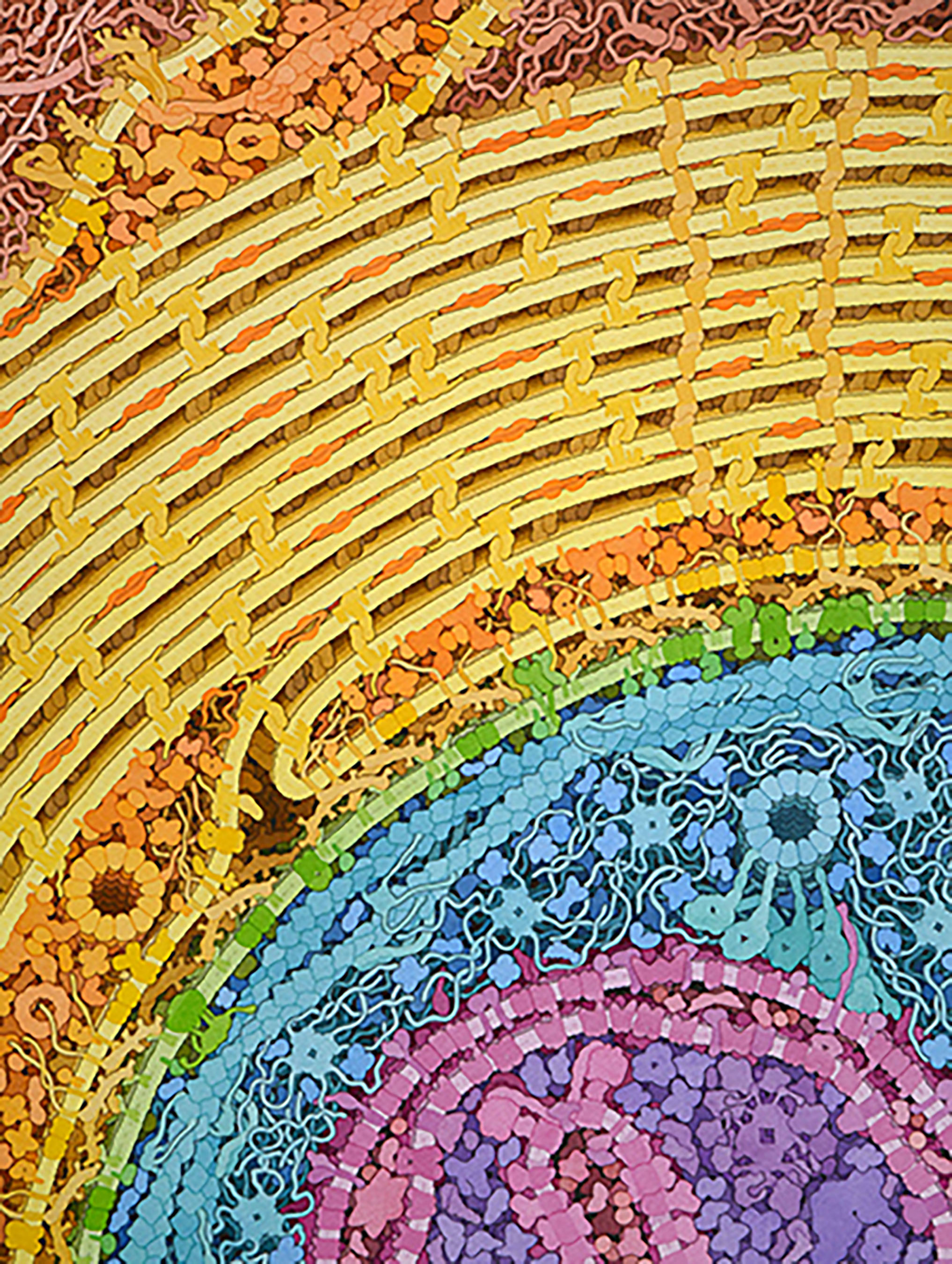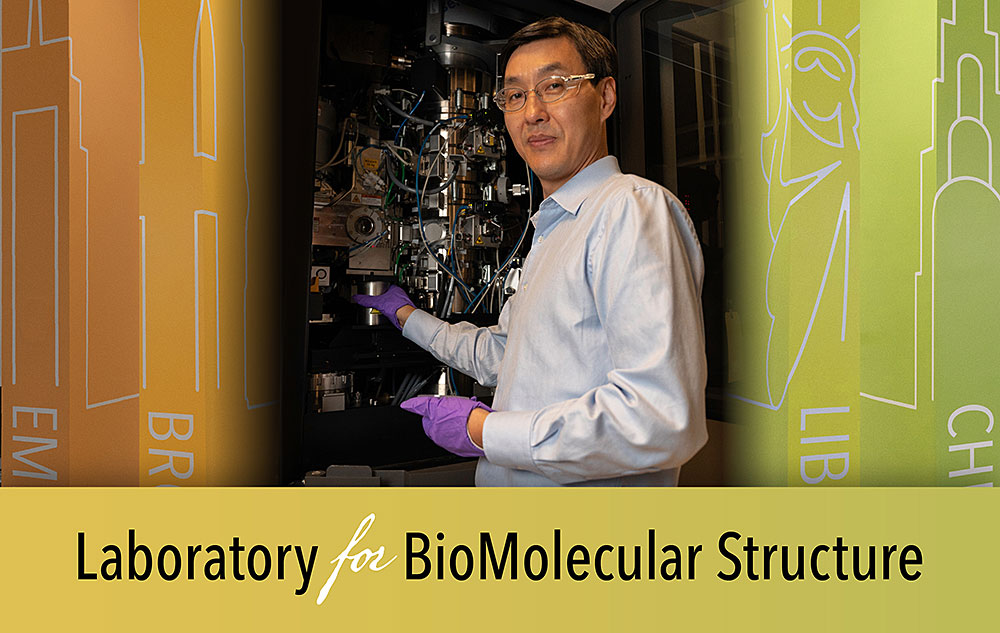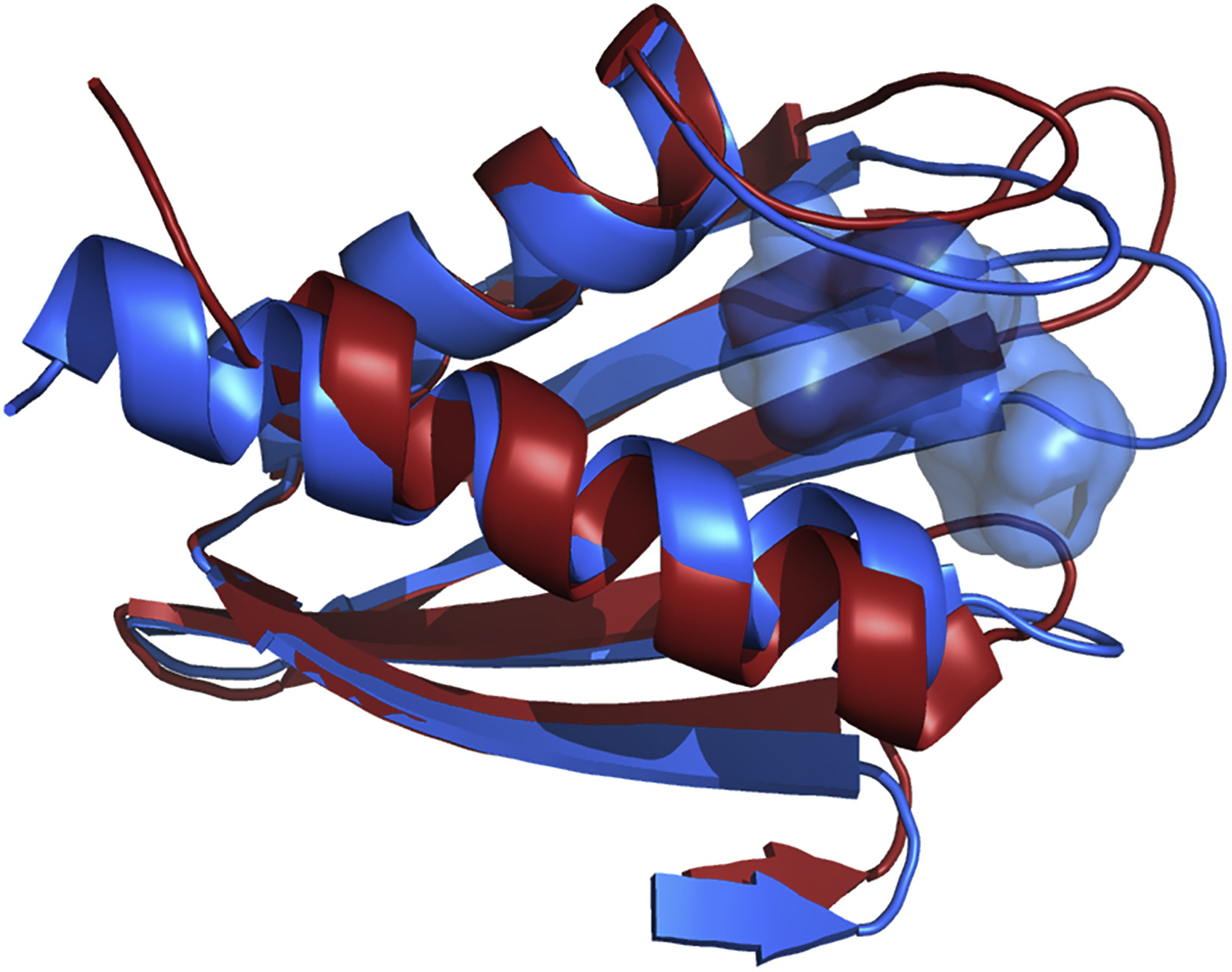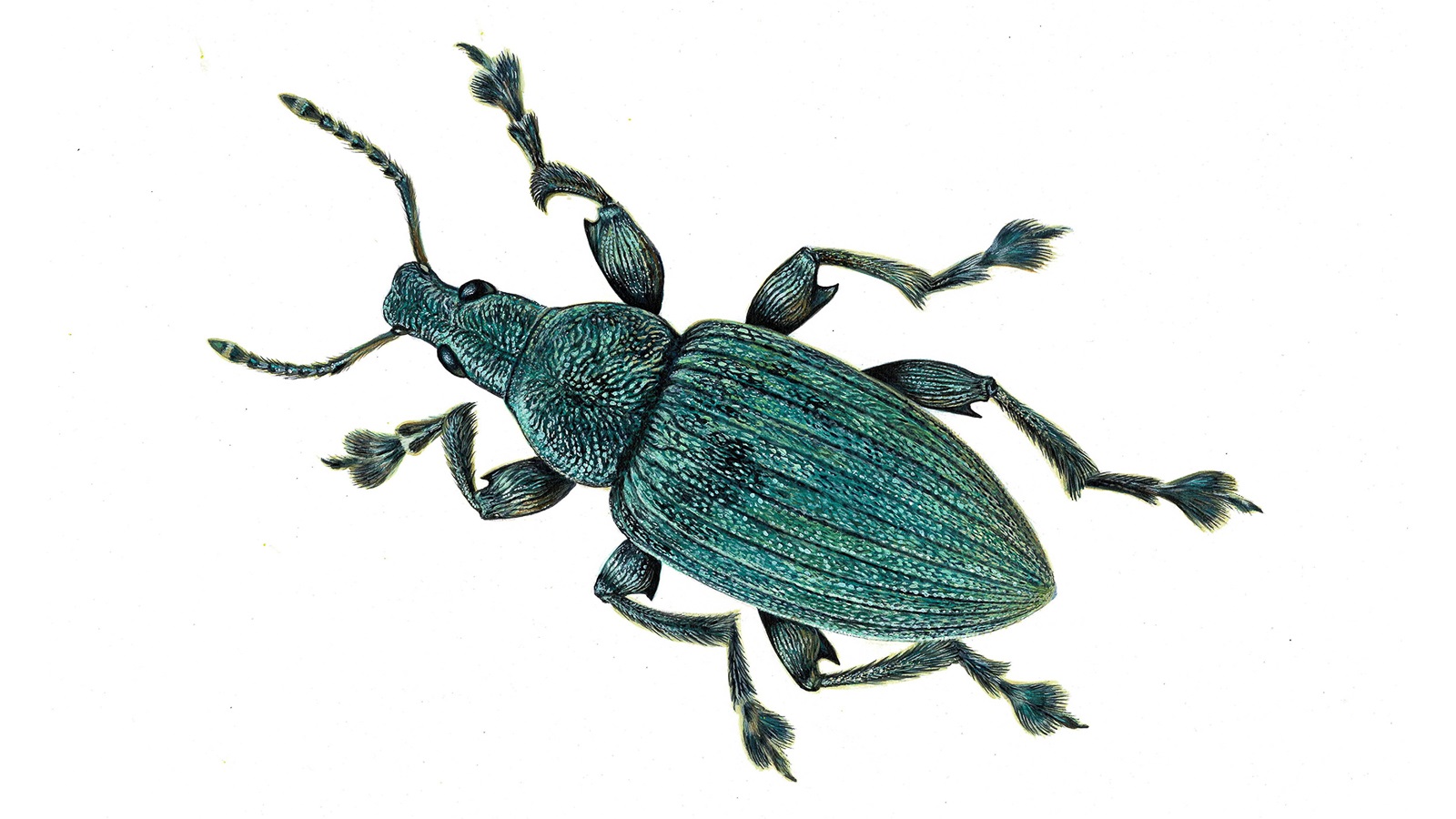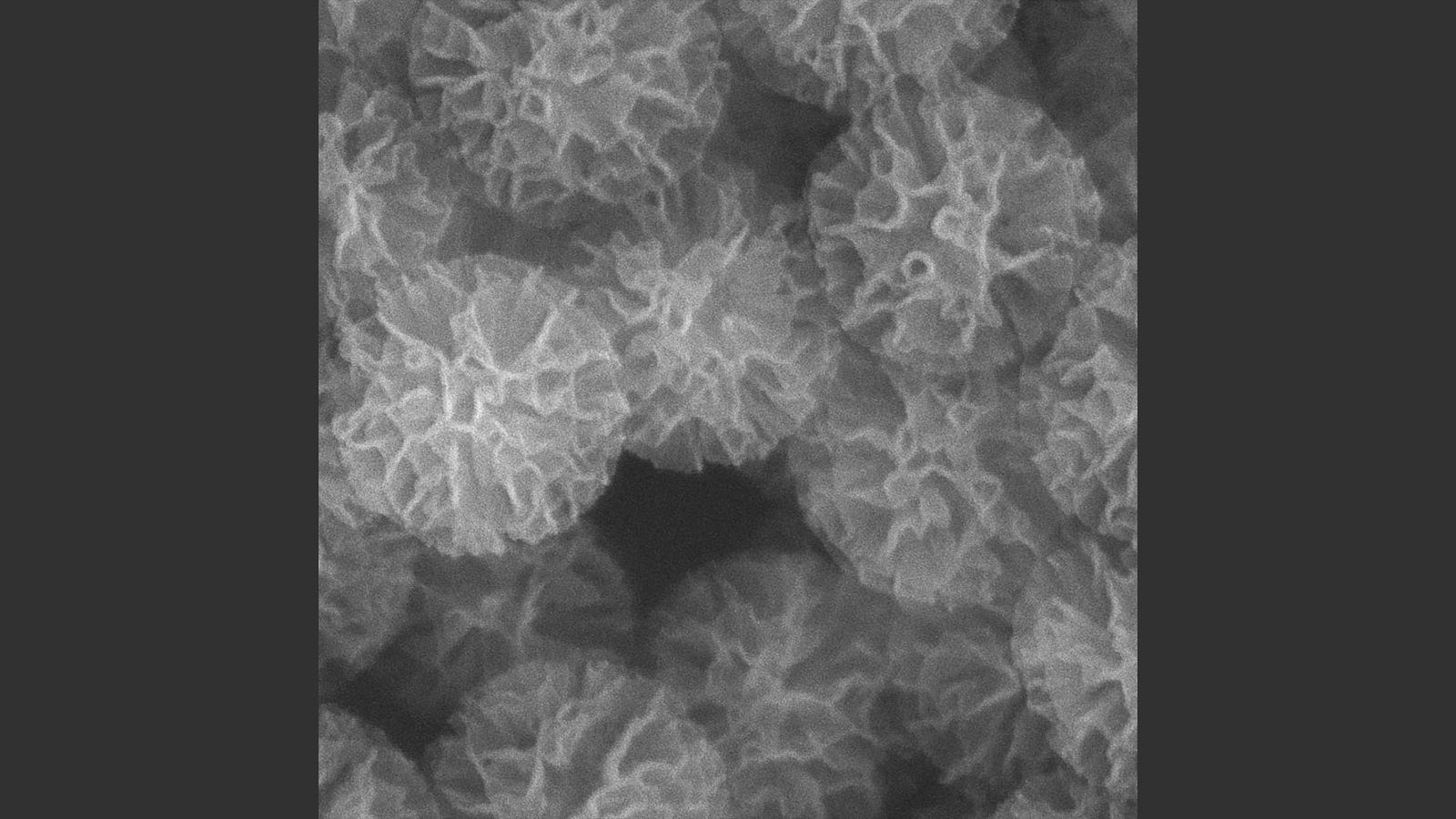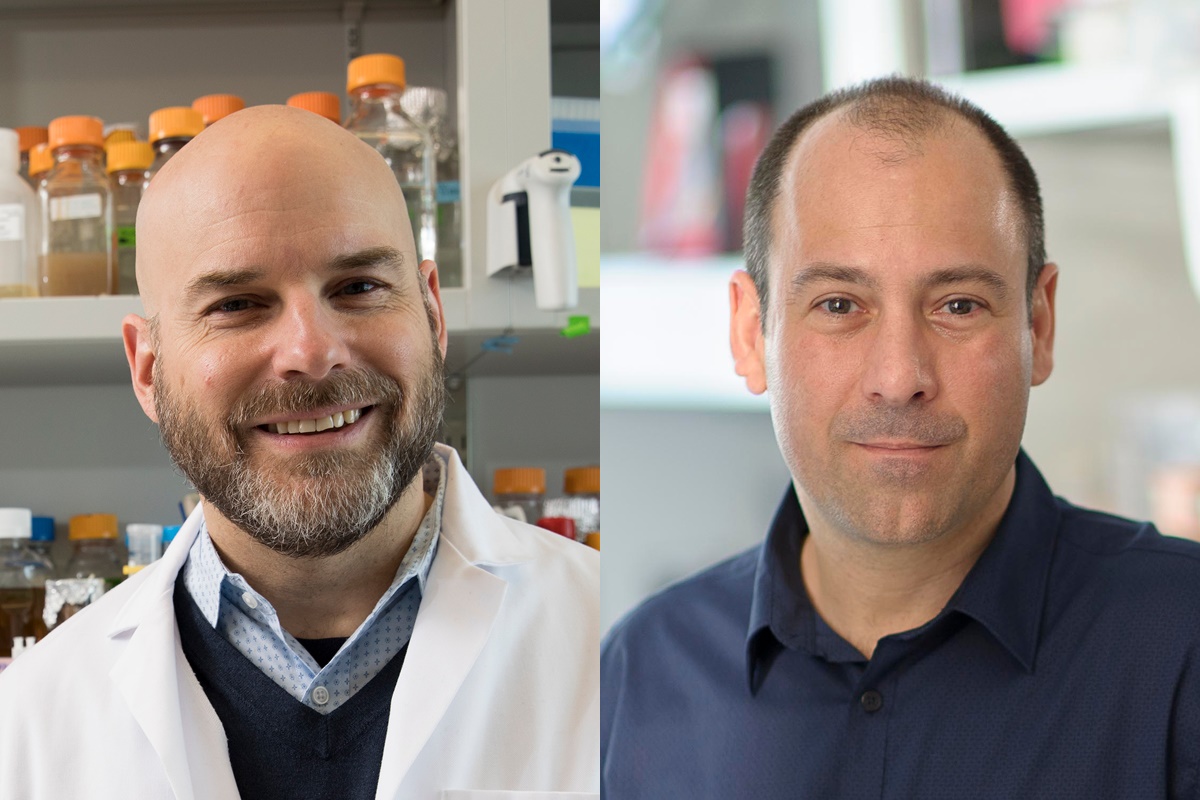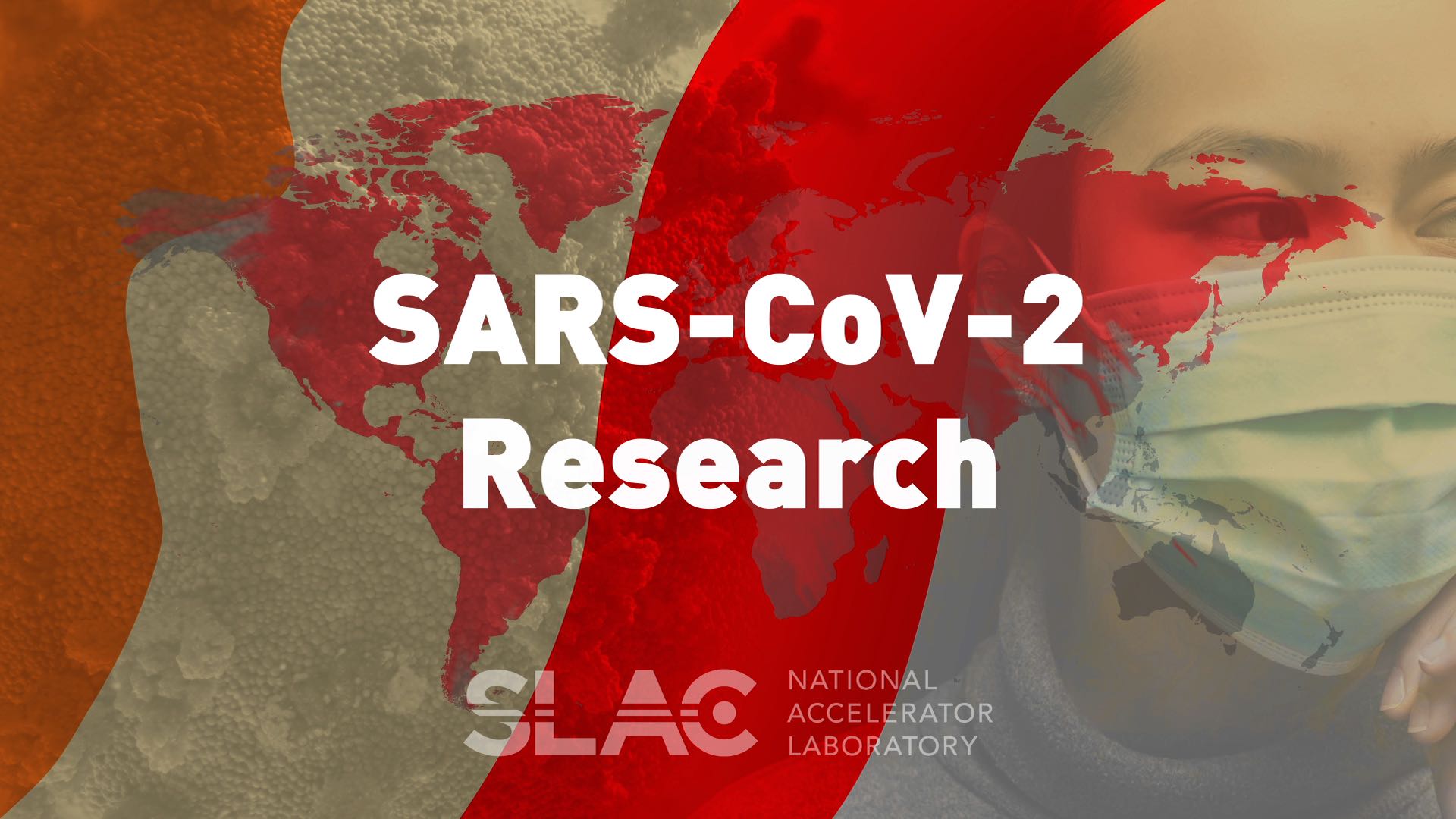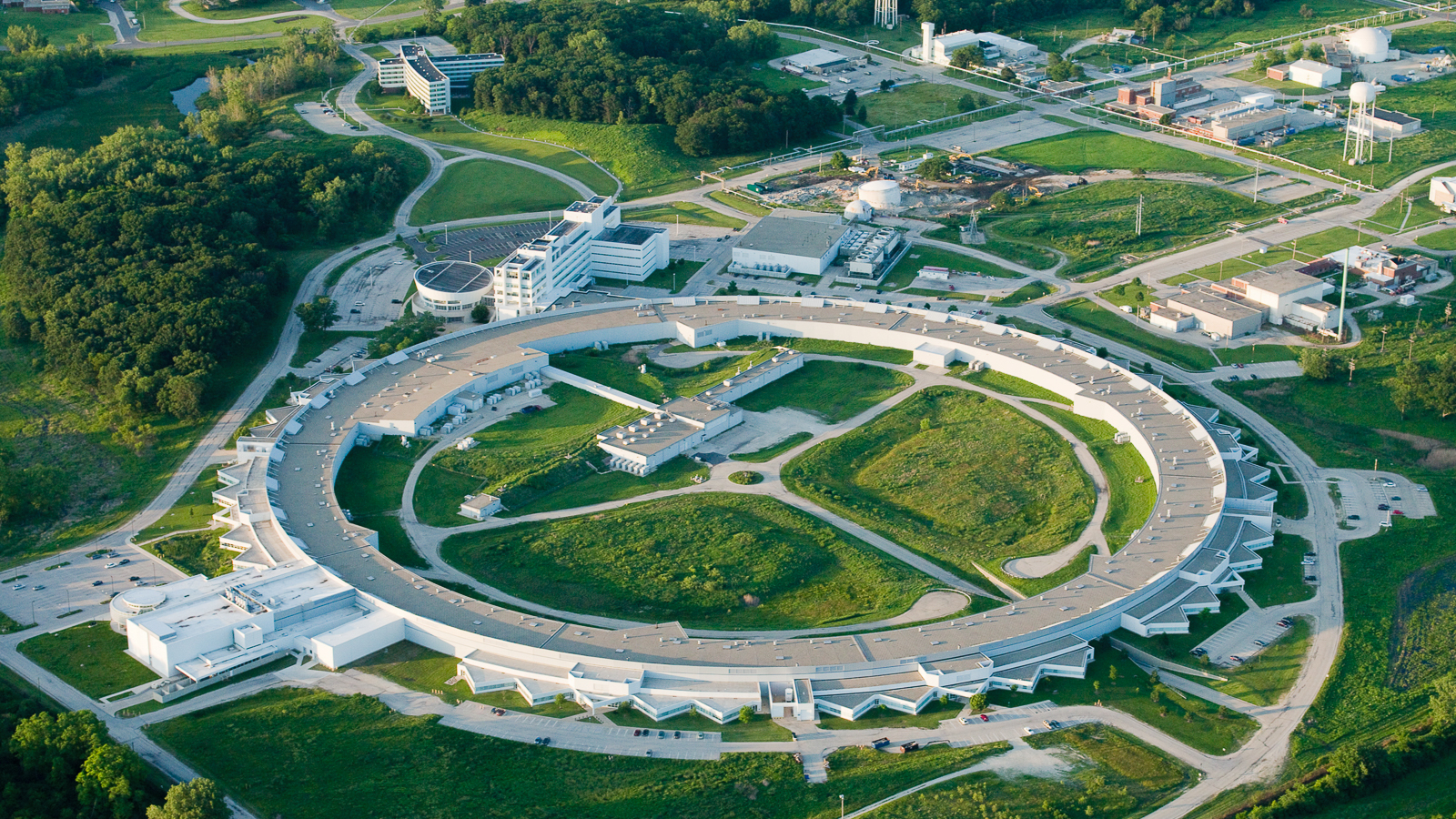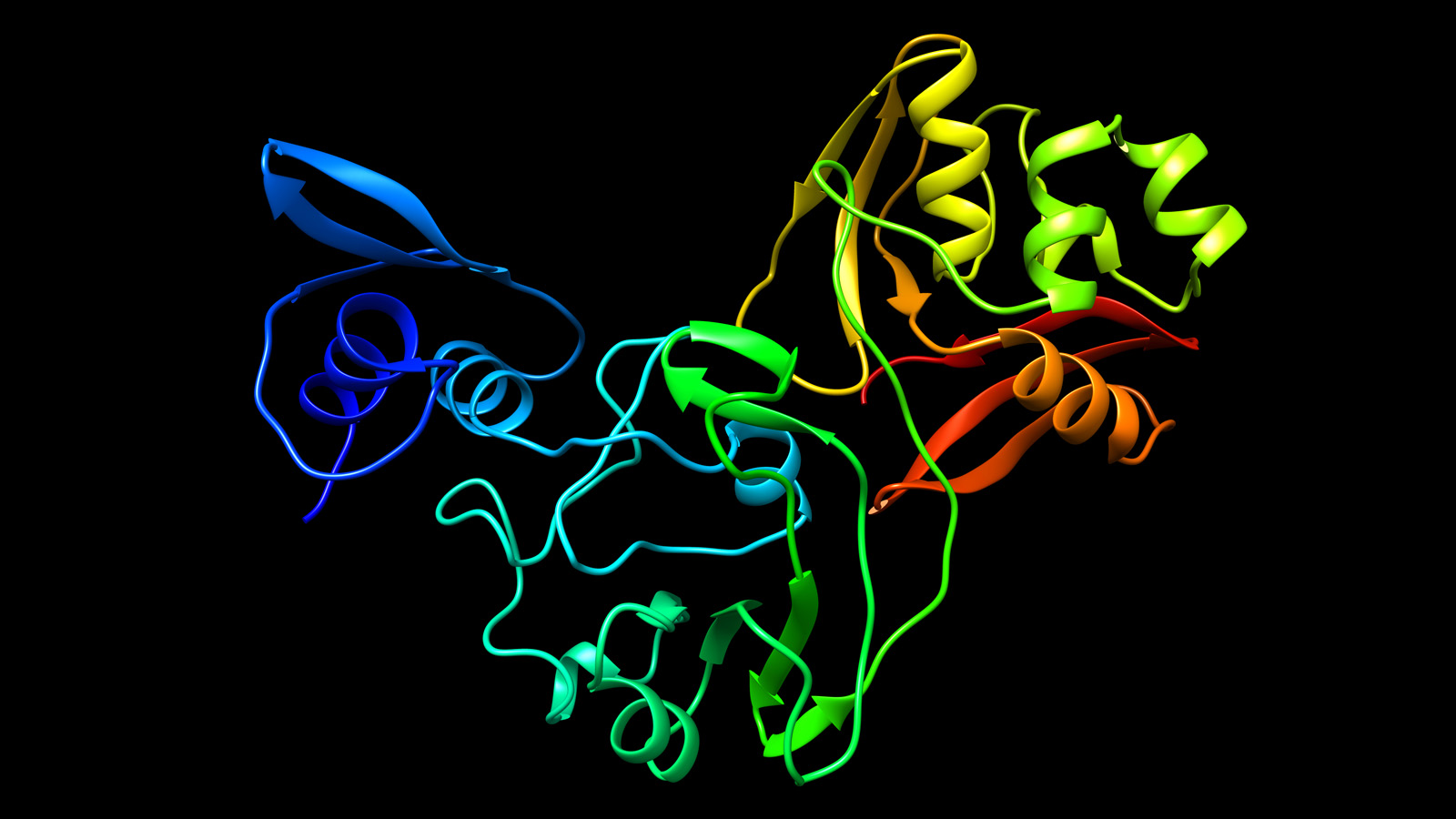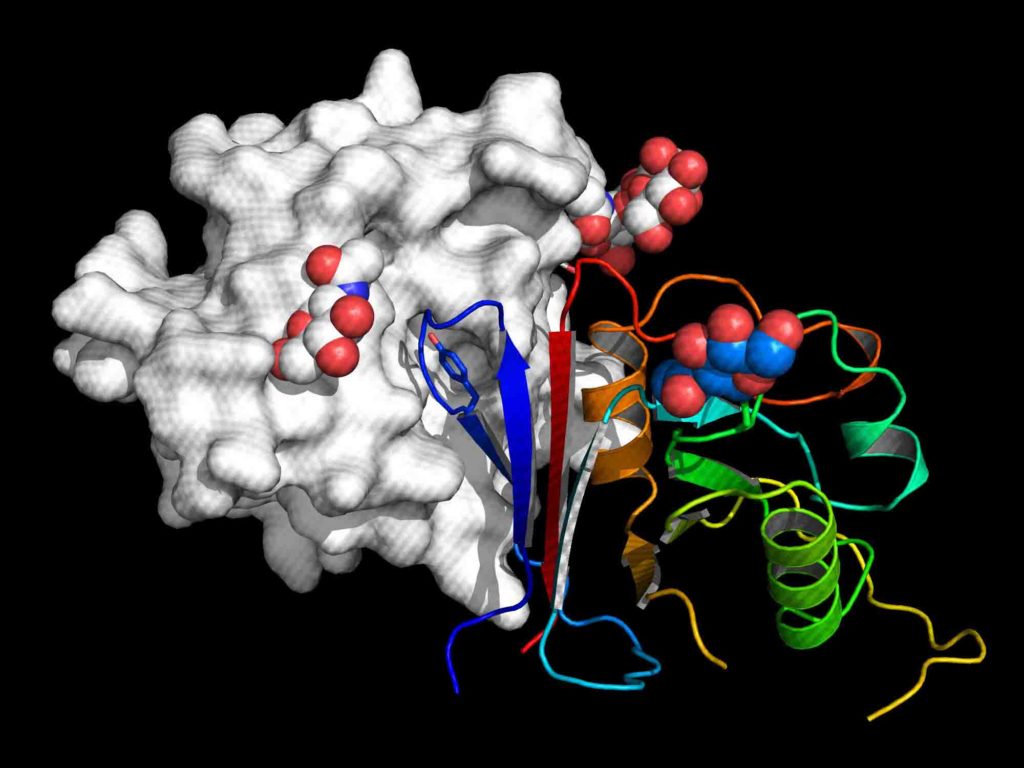Researchers at the U.S. Department of Energy’s (DOE) Brookhaven National Laboratory are making progress on several fronts in the battle against COVID-19, the global pandemic sparked by the emergence of a novel coronavirus late last year. This work is part of a worldwide effort to understand the virus and the factors that affect its spread with the aim of devising treatments and other mitigation strategies.
